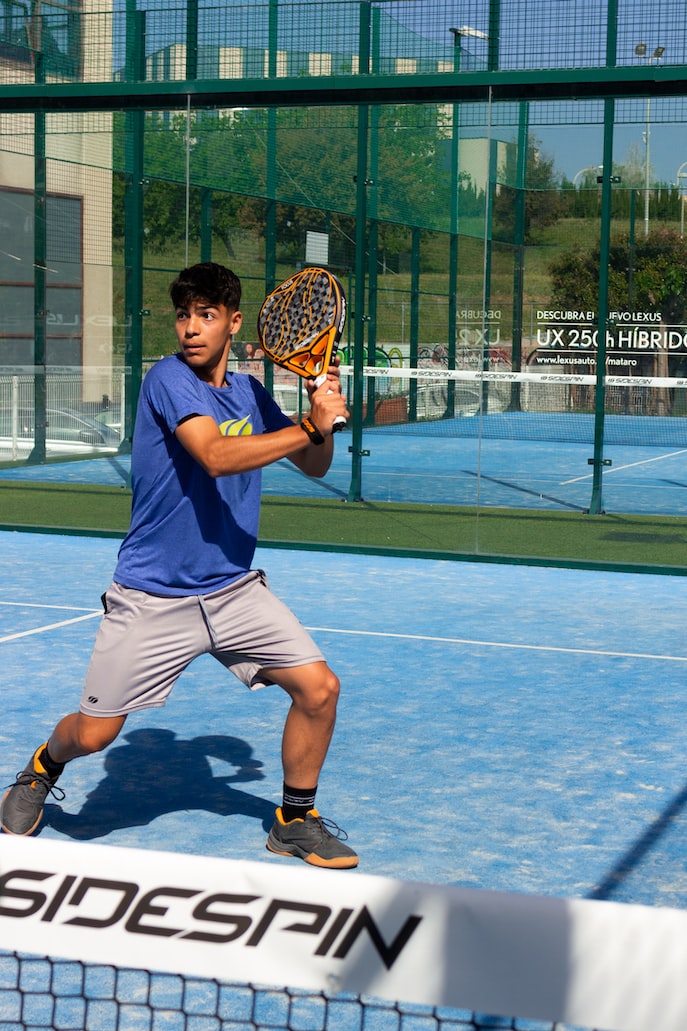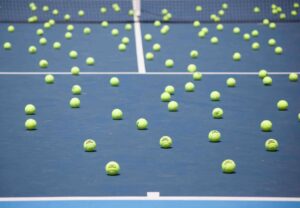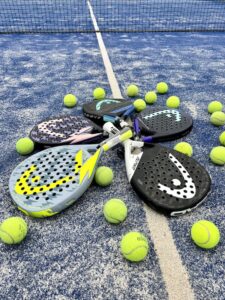Footwork Fundamentals: Tips for Improving Transitions in Padel
3 min read
Footwork Fundamentals: Tips for Improving Transitions in Padel
Welcome to the world of padel, an exciting and fast-paced racquet sport that combines elements of tennis and squash. As a padel enthusiast, you already know the importance of footwork in mastering this game. The ability to transition smoothly and efficiently can be the difference between winning and losing in padel. In this article, we will dive into the fundamentals of footwork and provide you with valuable tips on how to improve your footwork transitions in padel. So, let’s get started!
The Role of Footwork in Padel
Footwork is the foundation of any athletic movement in padel. It allows you to position yourself correctly, maintain balance, and execute shots with precision. In padel, where quick lateral movements are crucial, having excellent footwork will give you a significant advantage over your opponents. Whether you’re moving forward, backward, or sideways, proper footwork allows you to react faster and reach the ball in time.
Tips to Improve Footwork Transitions
Now that we understand the importance of footwork in padel, let’s explore some valuable tips to enhance your footwork transitions:
1. Proper Stance
Begin with the right stance. Position your feet shoulder-width apart, knees slightly bent, and weight balanced on the balls of your feet. This stance provides a solid foundation, allowing you to move quickly in any direction.
2. Anticipation and Quick Reaction
Anticipating your opponent’s shot is a key aspect of improving footwork transitions. By reading your opponent’s body language and racket position, you can anticipate where the ball will go. This anticipation, coupled with quick reaction time, will enable you to start moving even before your opponent hits the ball, giving you a significant advantage.
3. Crossover Steps and Side Shuffles
During lateral movements, such as shuffling sideways or moving diagonally, it’s important to utilize crossover steps. Crossover steps involve crossing one foot over the other, allowing you to cover more ground quickly. Combine crossover steps with side shuffles to improve your lateral movements and maintain balance while transitioning in padel.
4. Split-Step Technique
The split-step is a fundamental footwork technique in padel. As your opponent prepares to hit the ball, perform a small hop, landing with your feet shoulder-width apart. This split-step allows you to quickly change direction and react to your opponent’s shot. Practice this technique to improve your overall footwork and agility.
5. Weight Transfer
Proper weight transfer is crucial for maintaining balance during transitions. Shift your weight from one leg to another as you move, minimizing unnecessary movements and enabling quick changes in direction. By mastering weight transfer, your footwork transitions will become smoother and more efficient.
6. Practice Drills
No skill can be perfected without consistent practice. Incorporate specific footwork drills into your training routine. For example, set up cones or markers in different patterns and practice moving around them swiftly. Practice various footwork transitions repeatedly until they become second nature, improving your coordination and speed on the court.
In Conclusion
Improving footwork transitions in padel is a continuous process that requires dedication and practice. Remember to always maintain a proper stance, anticipate your opponent’s shots, use crossover steps and side shuffles, employ the split-step technique, transfer your weight efficiently, and commit to regular footwork drills. By implementing these tips and honing your footwork skills, you’ll be on your way to becoming a master of transitions in padel. So, lace up your shoes, hit the court, and elevate your game to the next level!







